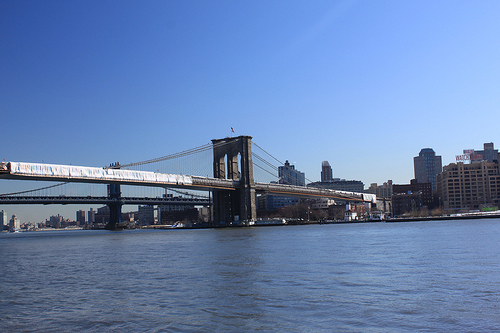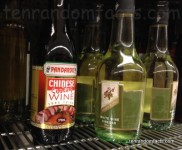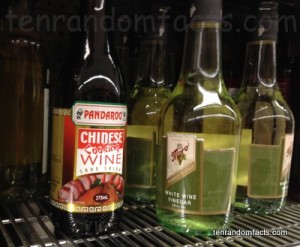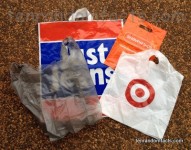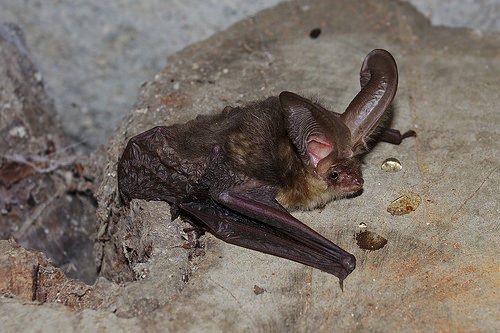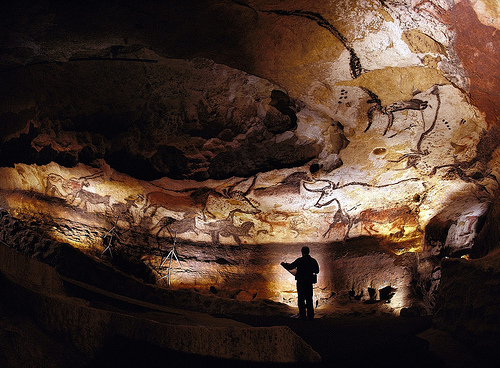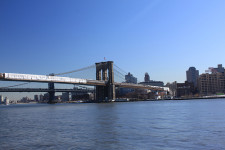
Brooklyn Bridge was a stepping stone in the world of bridge building.
- Brooklyn Bridge is a neo-gothic styled cable suspension and cable-stayed bridge located in the United State’s New York City, connecting the areas of Manhattan and Brooklyn.
- Brooklyn Bridge is 25.9 metres (85 feet) in width and reaches 1.825 kilometres (1.134 miles) in length, and was initially the longest suspension bridge on earth.
- The building of Brooklyn Bridge began in 1869, as one of the first bridges of its kind, and it is made of steel, granite, limestone and concrete, while the latter materials were primarily used for the bridge pillars.
- John Augustus Roebling, a civil engineer who emigrated from Germany years before, designed Brooklyn Bridge, but he died before construction commenced.
- After the death of John Roebling, his son, Washington Roebling, became the engineer for the construction of Brooklyn Bridge, however Washington became incapacitated from caisson disease, a decompression sickness that forced him to be restricted to viewing the work from his apartment window, and as a result, he directed his wife Emily to oversee much of the onsite work.
Brooklyn Bridge
Image courtesy of keith.bellvay/Flickr
- ‘Brooklyn Bridge’ has also been known as ‘East River Bridge’ and ‘New York and Brooklyn Bridge’ in its history.
- The 24 May 1883 marked the official opening of Brooklyn Bridge, which was crossed by 150,300 people on the occasion, including the then US President Chester Arthur and the then New York Mayor Franklin Edson.
- The construction of Brooklyn Bridge cost approximately US$15.5 million, which converts to almost 380 million US dollars in 2015, and major renovations began on the bridge in 2010, which are expected to be completed in 2016, in response to the deficient standard of the bridge, graded in a previous inspection.
- Many of those who worked on Brooklyn Bridge were immigrants, with more than 24 people reaching their death throughout the construction, while some worked underwater in airtight containers and many of these workers came away with caisson disease.
- Brooklyn Bridge reaches a height of 84.3 metres (276.5 feet) from the average East River water level that it spans, and there is approximately 41.1 metres (135 feet) between the water and the base of the bridge.
Bibliography:
Brooklyn Bridge, 2015, History, http://www.history.com/topics/brooklyn-bridge
Brooklyn Bridge, 2015, Wikipedia, http://en.wikipedia.org/wiki/Brooklyn_Bridge





